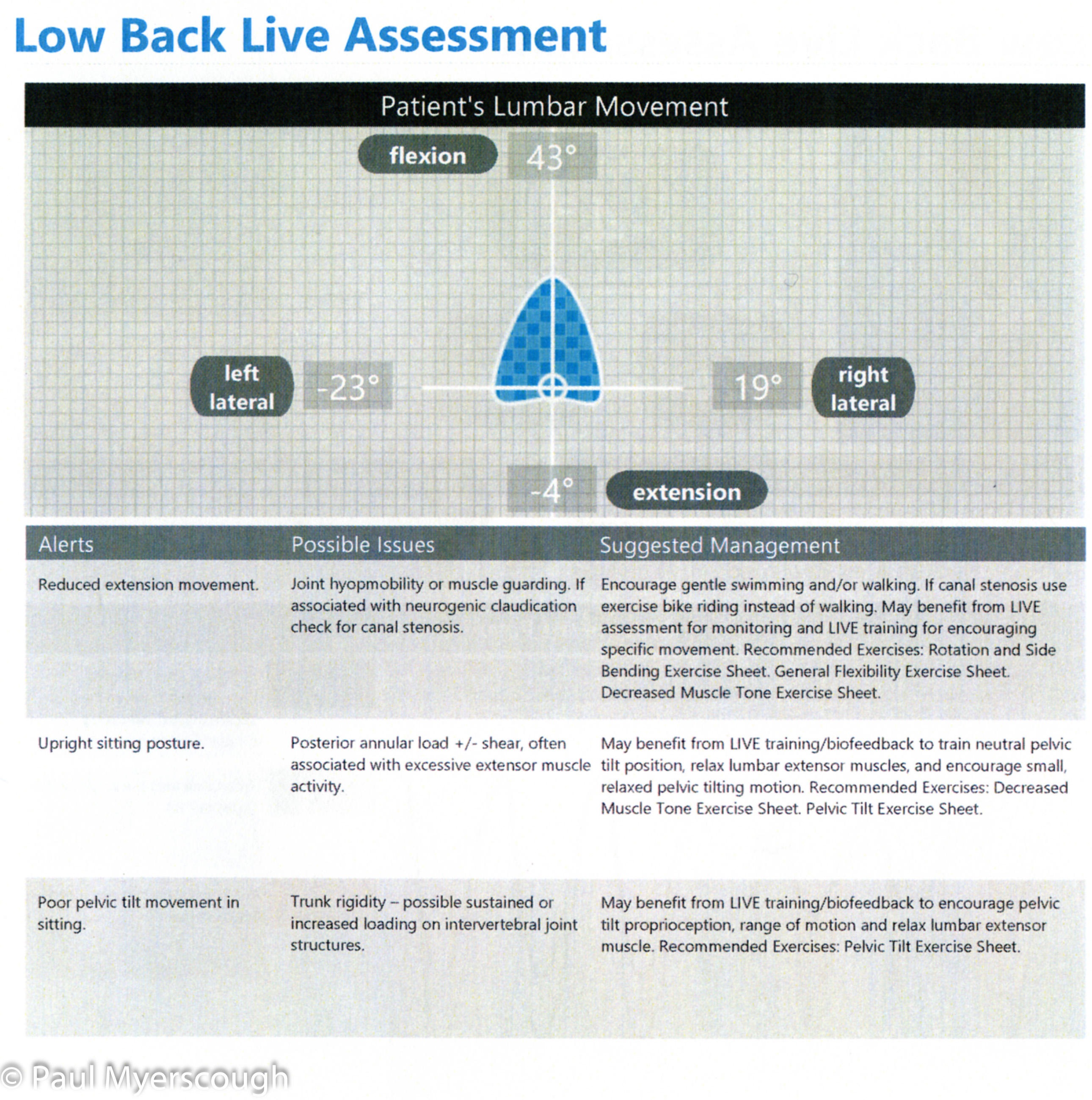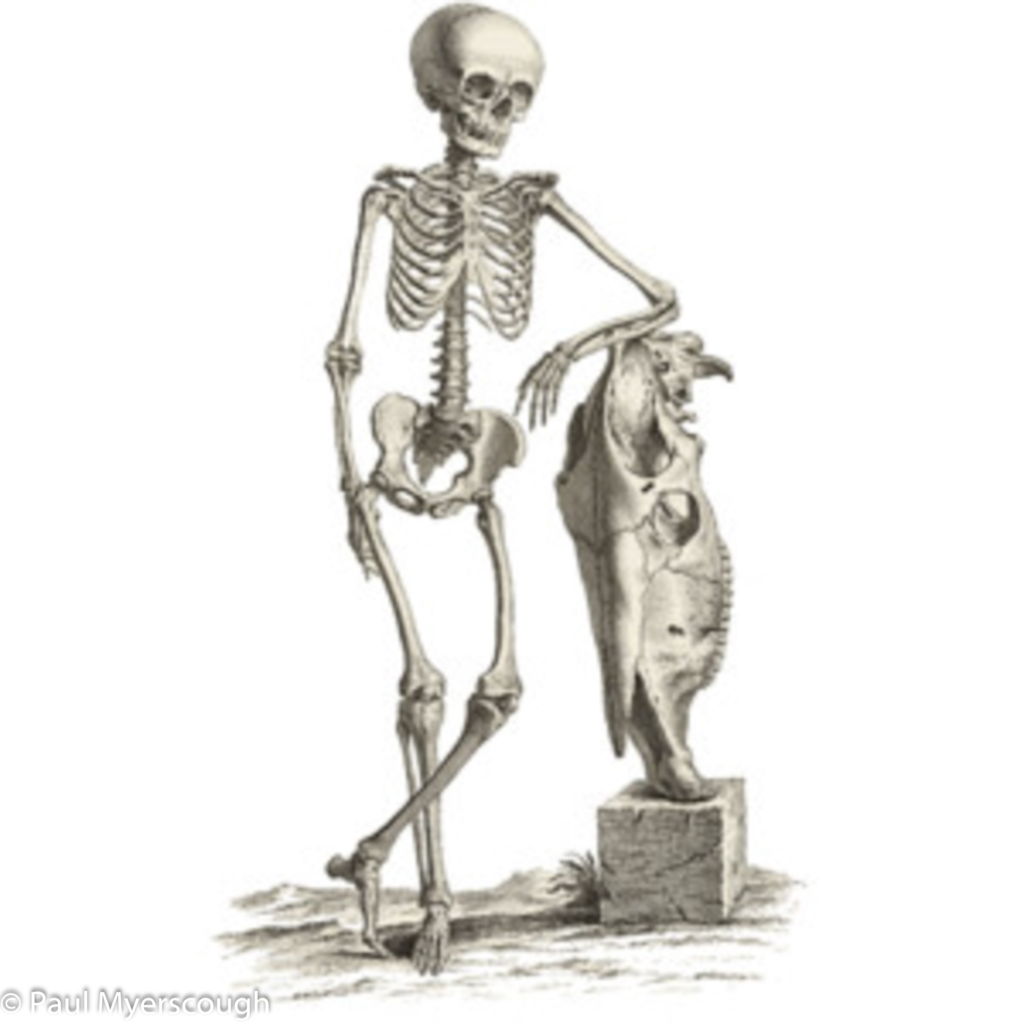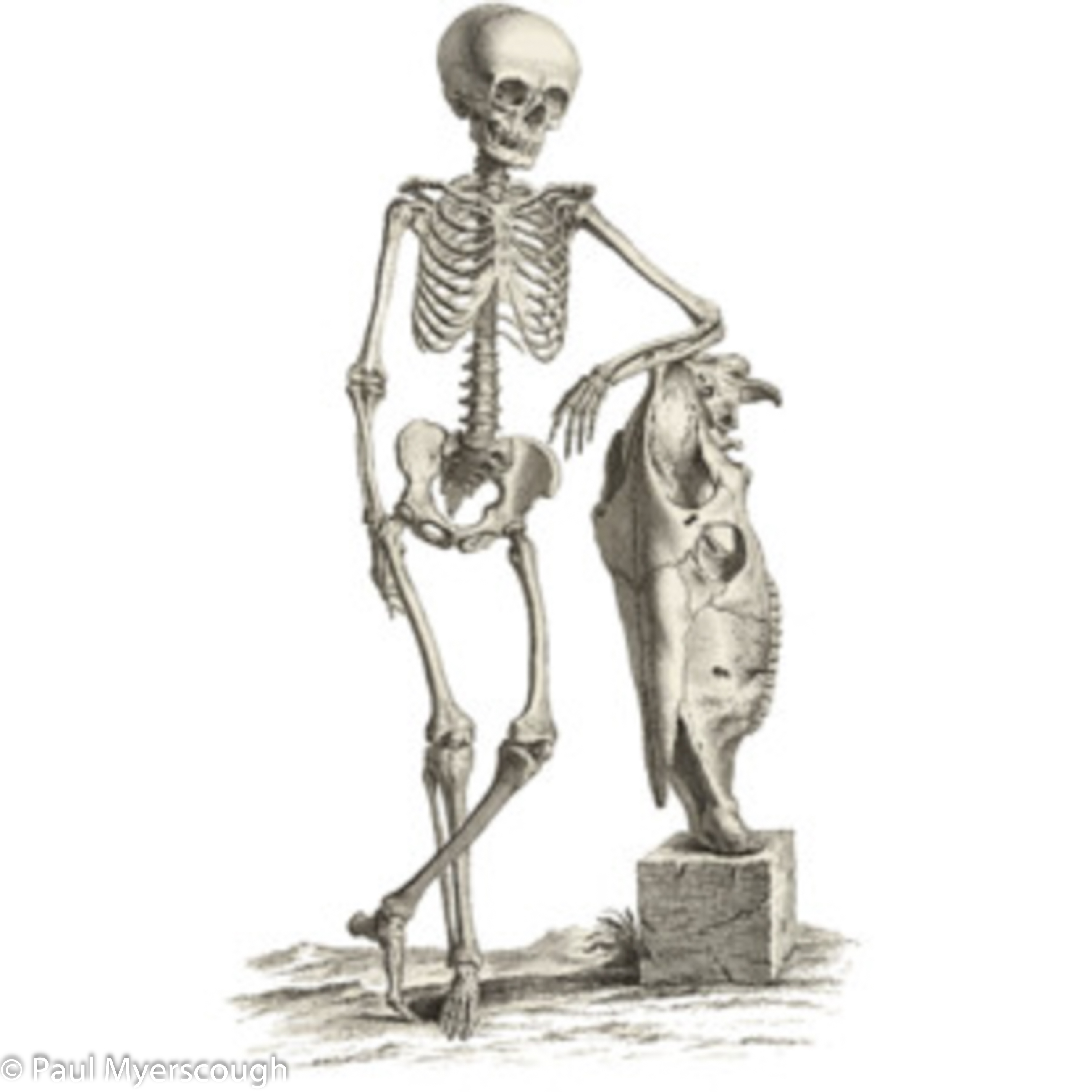[Coming To Running at 40, 50, 60, or 70!] There are big differences between running at 17 and running at 70.
At 70 you are most likely slower. More significantly however, at that age you are at high risk of an accident. And if you do become injured recovery will take longer. Much longer.
Read any book about running and you will read about repeated battles against injury. The question is how to benefit from the joy of running while minimising exposure to the risks.
I told my yoga teacher my predicament. I enjoy my running and I want to continue without risk of injury. In a year’s time I might run a long race; but then, maybe, I am ‘past it’. I don’t want to jeopardise my future walking holidays, and anyway I am not sure if I am in good enough condition. I needed an assessment with the possibility of correcting any problems that might show up.
She recommended I see Kevin.
Kevin has a BSc in Sports Science, a post-grad Diploma in Sport Rehabilitation, and a BSC in Osteopathic Medicine and Osteopathy. If, like me, you are not familiar with chiropractors and osteopaths, then it can be reassuring to understand that a practice is backed by some years of training! Personal recommendations are probably very important in this field too.
According to Kevin the training for osteopaths and chiropractors is almost the same. They have similar aims in treatment but how they realise them is different. This is what the UK NHS says about osteopathy. What the UK General Osteopathy Council says is here.
In the treatment room was the ubiquitous skeleton with the spine highlighted. There was also a large picture showing ‘facia’ in the human body. This was a new concept for me. Fascia is the connective tissue which encases all organs and muscles, nerves and blood vessels and holds everything in place.
At my first session I explained my objective – to identify any distortions in my body posture, particularly ones that might impact safe running; to fix these; and then to define a program of preventative maintenance which would stop them recurring.
Kevin propose a 3 phase program of rehabilitation. Phase 1 over 4 weeks would assess my ‘problems’ and their causes. Through treatment ‘restrictions’ would be released and the range of movement improved. Phase2 he called ‘correction and stabilisation’. Over a 12 week period he would address muscle imbalances, and strength and flexibility issues with exercise. Phase 3 is essentially ongoing maintenance.
“My reasoning is if we correct any imbalances, muscle weakness and restrictions the likelihood of you injuring yourself further down the road or experiencing stiffness are reduced. You will move more efficiently with less impact on your joints. This load will be dispersed through your muscles as it should be.”
So did it work?
At my first session he identified that my left leg was presenting longer than the right. He also saw that there was some extra tightness on the left side particularly around the shoulder. In addition to general observation he placed some sensors on my back which detected aspects of my back posture and mobility.
My slightly poor posture has resulted in shortened muscles and other soft tissues on the front side of my torso, with weakened and undeveloped muscles on the back. This would require manipulation to release the front side, before I could start exercise to strengthen the back.

Output from sensor based lower back assessment
Over a number of sessions he manipulated my joints and spine releasing some tension. By session 4 or 5 my legs presented the same length and some of the twisting in my posture was reduced. He then introduced some exercises to build up strength to support my posture.
I had to stop treatment for a while because of an injury – my running had got ahead of my preparation to run! And just as we were about to restart we were hit by Covid.
“Preventative maintenance” is a common concept in industry and engineering. I am sure the approach is sound in relation to the human body too. The whole area of Sports Management, Training and Rehabilitation is subject to a lot of hype and exploitation however, with many young people qualifying with degrees and not so many work opportunities.
My reflections are 1. Take a common sense approach – there’s no magic bullet!; 2. Be clear what the objective of any therapy is, 3. Avoid spending too much money, and 4. As far a possible get alternative points of view to confirm the time and effort is well spent.

